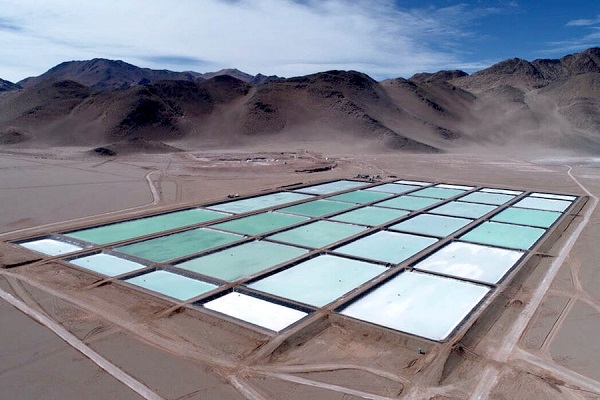Galaxy moves Sal de Vida lithium project to design phase

Australia’s Galaxy Resources (ASX:GXY) confirmed on Tuesday that it is on track to begin production at its Sal de Vida lithium brine project in Argentina by 2022, despite the covid-19 pandemic impacting the development schedule.
The Perth-based lithium producer and developer put the brakes on its flagship project in April, following a nation-wide lockdown ordered by the Argentinean government to contain the spread of the coronavirus.
Work resumed in May under strict provincial protocols, which Galaxy said has hindered ground transportation and the movement of employees during the current design phase.
Impact on the overall schedule had been minimized through the adoption of an early works phase, Galaxy said. The company noted that while it is still targeting first production in 2022, it expects it now to be in the fourth quarter of the year.
Early works, such as pond construction and the procurement of long-lead items, are slated to begin in early 2021.
Galaxy Resources has de-risked the Sal de Vida Project by developing a simplified flowsheet, using mature technology and staging development.
Low-cost brine mine
The company aims to have a highly-competitive, low-cost lithium brine mine on the Salar del Hombre Muerto salt pan in north-west Argentina.
The project lies over 4,000 metres above sea level, part of the “lithium triangle” that includes neighbouring Chile and Bolivia, and which is home to more than 60% of the world’s annual lithium production.
Galaxy estimates Sal de Vida would take $474 million to develop and generate $354 million in annual revenue.
The company estimates it will spend about $12 million in the second half of 2020 on piloting, engineering, well drilling and owner costs.
Over a mine life of 40 years, Sal de Vida is expected to yield up to 25,000 tonnes a year of lithium carbonate for batteries and 95,000 tonnes of potassium chloride, a key fertilizer ingredient.
TIC Insert Blow Bar Manufacturer
When impact crusher blow bars crush the material which include steel, high chrome blow bars very easily break,so user have to choose manganese to cast their blow bars. However, manganese blow bars do not have good wear resistance.
H&G Machinery designs TIC insert blow bars which perfectly solve this problem. H&G Machinery TIC insert blow bar is designed to improve efficiency and reduce costs by extending wear life and minimizing downtime.
- Compare with normal manganese blow bars, TIC insert blow bar has good wear resistance, and span life can be 2-3 times than it.
- Compare with high chrome blow bars, TIC insert blow bar is not afraid of crushing steel material, and also not easily break.
Case Studies 1: USA Customer
Background
Our USA customer have an impact crusher to crush construction waste which have steels. he uses manganese blow bars, 6 pieces a set, a set can work around 25 days.
On the other hand,to remove each of the six blow bars and flip or replace them involved 4 men at two 12-hour premium pay shifts at high cost.
Challenges
High operation and maintenance costs demanded a need for blow bars with a longer wear life. H&G Machinery guaranteed to exceed the wear life of the original factory blow bars of 25 days.
Our engineer chooses this kind TIC rods which 80mm in long and 13mm in diameter. Under this material, Our TIC insert blow bar price 1.5 times than original normal blow bars.
Performance & Results
H&G Machinery TiC insert blow bars delivered a dramatic increase of 25 weeks per side for an expected total 55 days crushing wear life. The TiC bars delivered a 140% increase in runtime.
@Nick Sun NICK@XZHUAGANG.COM
Post time: Jul-10-2020
